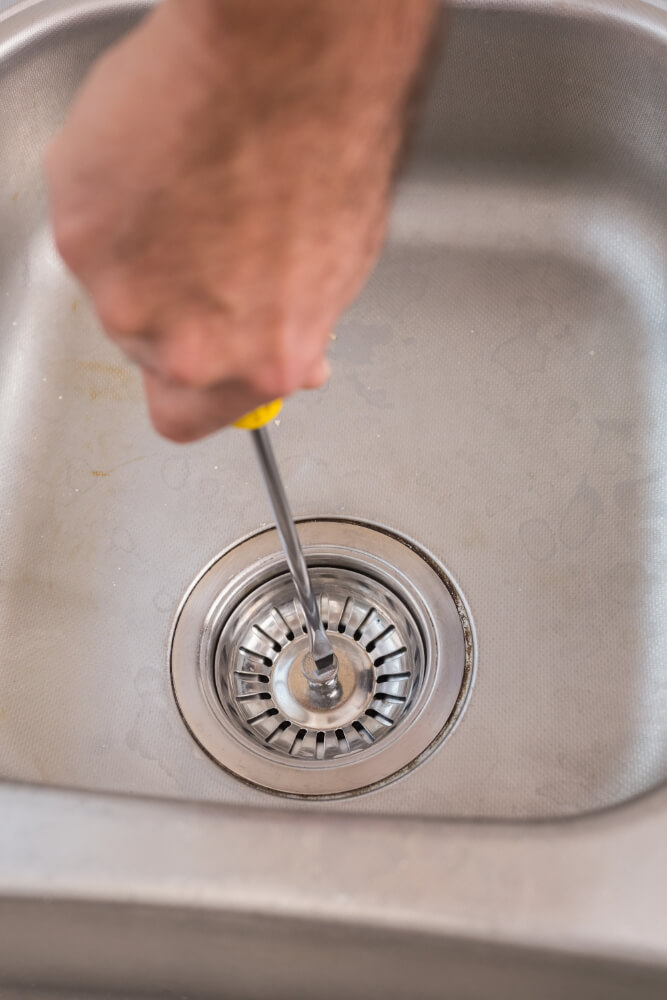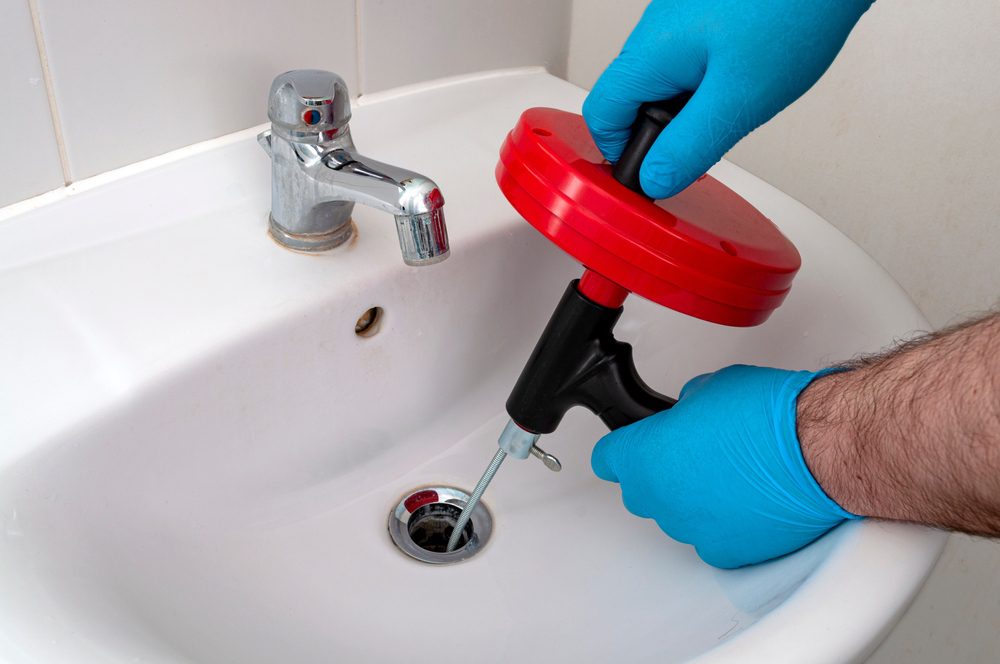Category
Blog
Date
March 16, 2023
Author
Marco


The drains in most of the homes keep flowing without any issues. But if you have started facing this issue, this will be an unpleasant experience. You will often feel a nasty smell coming from the sink, as if someone hasn’t flushed the toilet. In such a case, the drain might be partially or fully blocked with something unwanted. This will be resolved if we remove the blockage or overtake the issue causing it.
Although you can call a plumber or sink-drain specialist to bring the drain into the working state, it’s suggestive of trying it yourself. Suppose the issue remains. In such a case, you can call a professional to resolve the issue. If you have chosen to open the drain by yourself, you have to identify the reason and try different solutions given in this article. Let’s explore signs, reasons, and fixes here!
Several reasons could cause a blocked drain, but before that, it’s essential to reveal some situations when you can assume it’s actually blocked. The possible signs of a blocked drain are as follows:
Even if you use the drains in your home correctly or take care of them, these can still be blocked. This is because there are several reasons behind the blockage that may also be related to external factors. To better understand this, let’s uncover possible reasons that could be behind a blocked drain!


Identifying the exact reason behind the drain blockage is essential before implementing different solutions. This is because there are several causes why a drain is blocked, so we have to apply relevant solutions according to the problem. But you can try all the solutions below if you can’t find the exact issue behind the blockage. Try the following fixes to clean a blocked drain:
We must start the drain unblocking process by pouring some hot water mixed with a potent cleaning agent to open the blockage. This method is beneficial for opening the blockages caused by cooking oil, soap, or cooking oil and food residues. The step-by-step process includes as follows:
Note: The blockage must be opened up to this point if it is due to grease, cooking oil, food residue, etc. If not, try the next fix.
Unblocking the drain using plungers is the most commonly used method. If hot water doesn’t work, you can use this method immediately to quickly open the drain. All you need is a plunger and water in the pipes; if there is no water, this method will not work, which is its downside. The steps in this method are as follows:


You can also use various insertion tactics, in which we insert different tools into the drain to open blocking. Those include as follows:
The hydro-jet method uses intense high-pressure water bursts in the drain pipes to remove a few rough materials like debris. It’s an ideal way to remove all types of mid-hard materials from the drain and improves the water flow.
This method is used to check the exact blockage point in the drain to better find its solution. In the CCTV tactic, a camera is inserted with a unique tool into the drain to assess the stringency of the blockage.
Suppose you have identified and the blockage isn’t far away to access. In such a case, you can DIY a snake-like structure with a metal wire, having a hook at the end. Insert into the hole and try removing (fishing out) the hardware materials or hair causing the blockage.
Professionals use plumber drain snakes since these are advanced tools, and only experts know how to use them. If you want to use it, insert it into the drain, delve further into the pipe, and remove the problematic blockage.
The final step to resolve the drain blockage issue is to excavate the part of the supply line where the issue occurred. Once you have analysed the drain blockage with the CCTV camera and confirmed that it has some severe issues, you can use this solution. Remember, it’s suggested to call an expert plumber or someone who knows this job well to avoid complications. This is done as follows:
Areas we cover
Basingstoke | Southampton | Guildford | Bournemouth | Poole | Portsmouth | Crawley | Dorchester | Peterborough | Newbury | Christchurch | Gillingham | Swindon | Winchester | Reading | Oxford | Slough | Abbotswood | Sterte | Ascot | Stoughton | Broadstone.